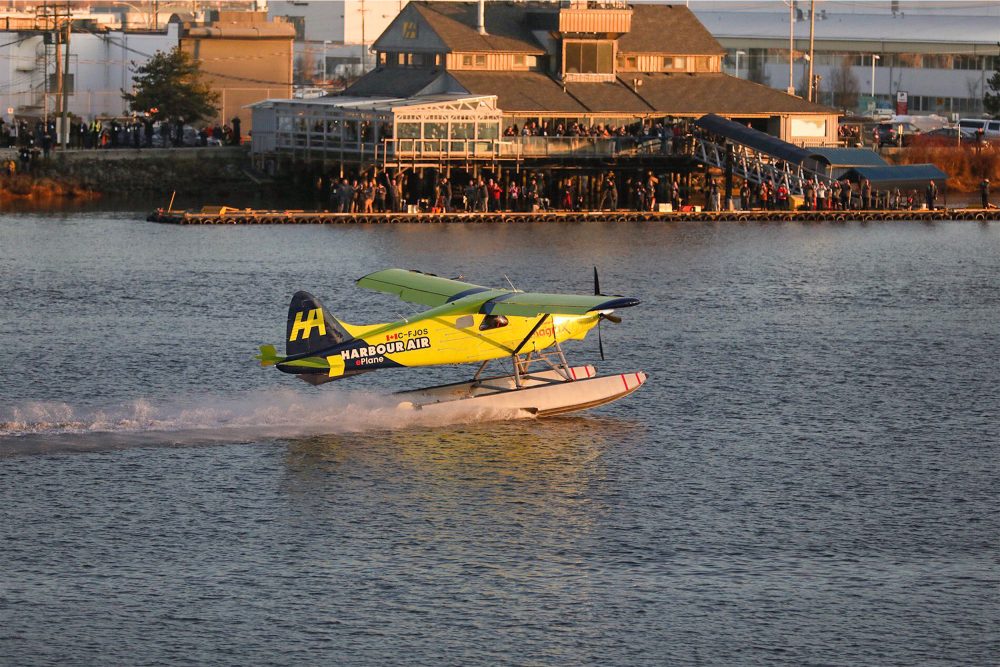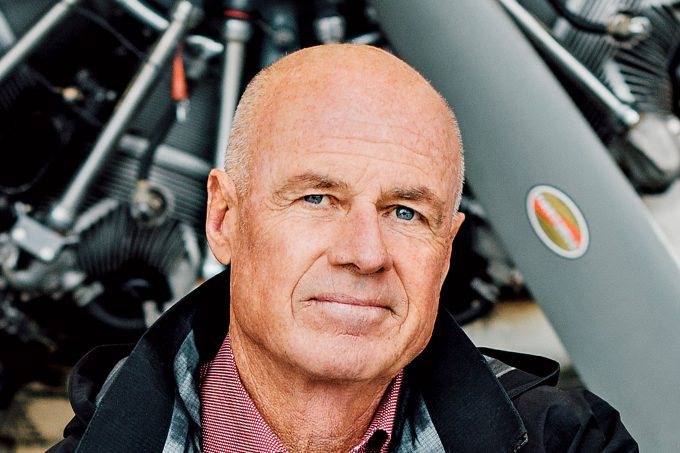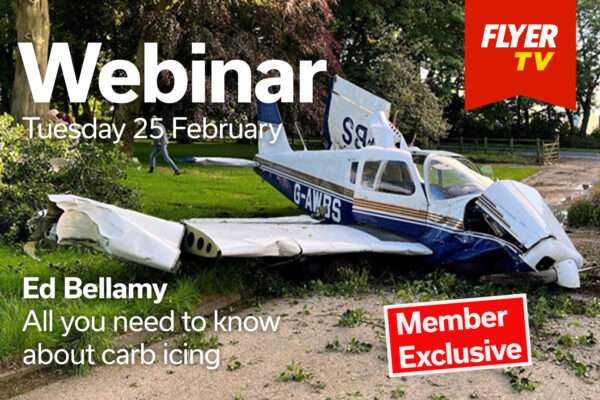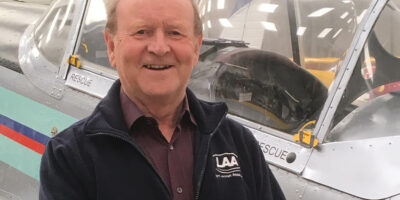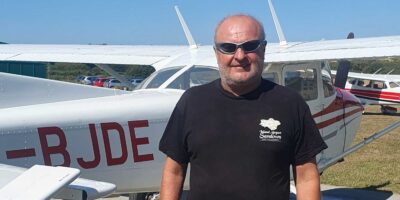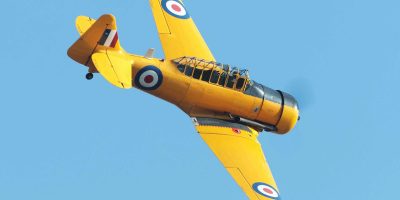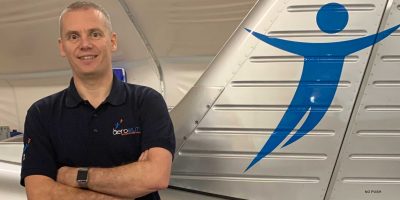How did you get into aviation?
We used to spend the family holidays in a very inaccessible summer cabin, which was located on a lake that was on an island about 65 miles off the coast of Vancouver. Seeing floatplanes flying in and out, I set my heart on becoming a floatplane pilot from a very early age.
How did your flight training go?
I started straight out of high school in a tailwheel, a fabric-covered Fleet Canuck that would now be considered vintage. I chose the Canuck instead of a Cessna 150 as it would give me more chance to develop skills needed for flying floatplanes. With the intention of becoming a commercial pilot as soon as possible, I obtained my PPL in about a month and my CPL in three months. I spent virtually every day at the airport, learning to fly was my full-time occupation. Having no distractions and being only focused on flying helped hugely.
Do you remember your first solo?
Vaguely. When my instructor pulled over on the tarmac and got out of the aircraft, for a couple of moments I felt very lonely in the aeroplane. Then I just got on with it. I was probably excited and thrilled, and I don’t remember being scared during that flight.
“E-flying is a natural move, it makes sense technologically, economically and environmentally”
During my first floatplane solo, I remember dropping the instructor off on a deserted beach somewhere and thinking, ‘What would he do if something went wrong? Swim to the rescue’? Afterwards, when I became a floatplane instructor, I always made sure a boat was nearby.
My helicopter solo happened only 15 years ago. In the middle of a field, the instructor unplugged his headset, hopped out and told me to fly around. Soloing in a helicopter was exciting, but since I had nearly 8,000 hours of flying time in aircraft by then, I felt quite confident.
What inspired you to go electric with your all-seaplane airline Harbour Air?
We’ve already been fully carbon neutral since 2007, so why not zero-emission propulsion? I’ve always been an early adopter of technology, which is ironic considering lots of the aircraft we operate are quite old, and I was one of the first Tesla owners in Vancouver. Tesla impressed me with its power, engineering and reliability, it would be amazing in an aircraft.
Battery systems had improved to the point where electric flying became viable for a single-engine aircraft with payload. I thought, why not pioneer it? With our short stage length we could make it work, especially with magniX as our partner.
How did your first electric flight go?
As it was a quick flight and I had some radio issues, I didn’t have much time to focus on the aircraft’s performance. However, I did notice more power and torque. The aircraft got off the water much quicker. I actually had to throttle it back to lift off at the proper spot in front of the audience. It was also way quieter. Taxying into the dock, I realised how many spectators there were. People were clapping and treating it as a big very deal. It was almost like a Wright brothers’ moment.



